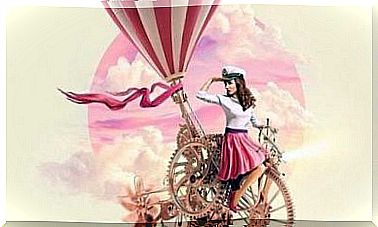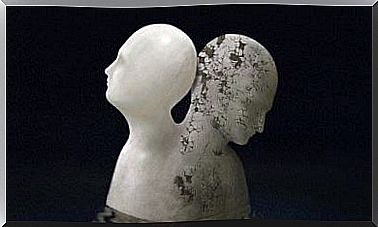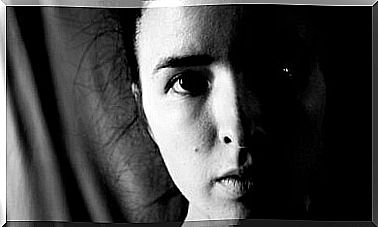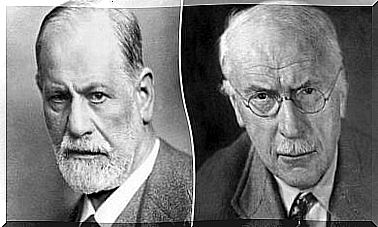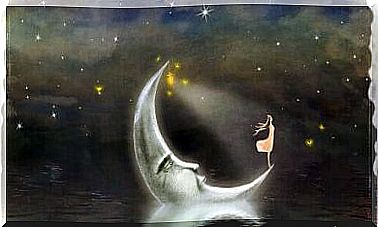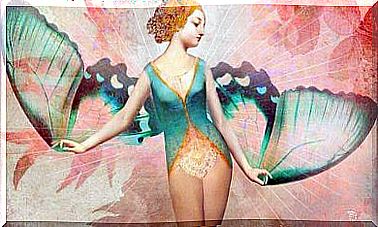Erikson’s Psychosocial Theory Of Development
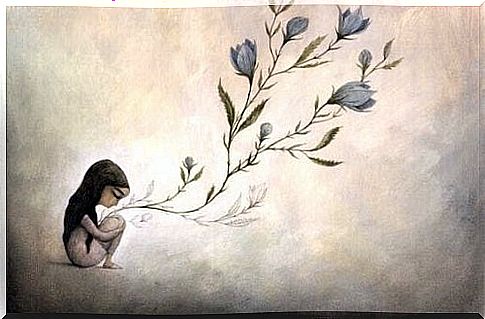
We have seen how sometimes developmental psychology has focused on the study of very specific aspects, such as the appearance of symbolic capacity or the types of education. However, studying development from a global perspective brings us very useful information. Knowing the different stages of an individual, from when he is born to when he dies, helps us to understand people’s lives. This is where Erikson’s psychosocial theory of development comes into play.
Erikson became one of the forerunners of the study of the life cycle. And, despite its extensive work, psychosocial development theory is one of its most recognized models. In it, it establishes 8 stages that presuppose a change or evolution of personal identity in the cycle of life. Below we will briefly explain each of the different stages of this theory.
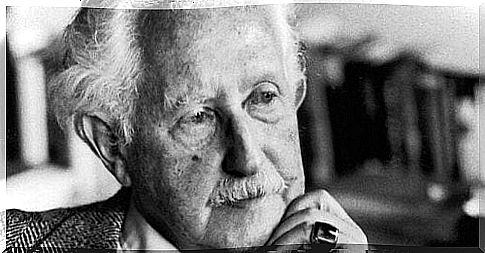
The 8 stages of Erikson’s psychosocial theory of development
The main feature of the different stages exposed by the author is the bipolar conflict. Each of them consists of two poles: one positive and the other negative. The individual must face these socially generated poles in order to adapt to his context and develop his identity in the way hoped for. Each stage will represent a crisis that the individual will have to overcome in order to move forward in his life cycle.
Trust versus Distrust
It is the first stage of the life cycle, from 0 to 1 year. At this stage, the newborn must develop an attitude of trust towards his parents. If there is stability in the attention he receives, the child will acquire the expectation that, although things may go wrong, they will improve. Overcoming this phase means being able to trust others in the face of the “uncertainty” that can generate the unknown.
Autonomy against Shame and Doubt
It is the second phase of the life cycle, it appears around 2-3 years. At this age, the child is forced to move towards his autonomy. He has to eat alone, dress alone, oppose his parents, etc. He must, however, make his desire for autonomy compatible with the social norms his parents represent and impose on him.
Starting to carry out self-employment can raise some doubts about one’s ability to carry out the required tasks. Being successful from an adaptive point of view consists precisely in transforming this uncertainty into a challenge that feeds the child’s motivation to grow, logically within the limits imposed by society.
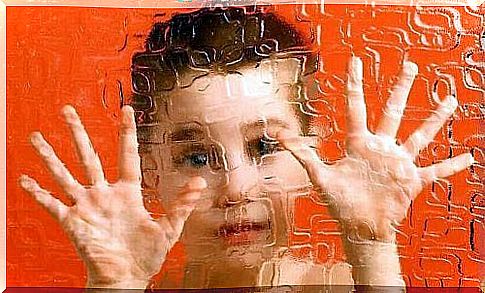
Initiative versus Guilt
It represents the third stage of Erikson’s psychosocial development theory and occurs between the ages of 3 and 6, when the child takes the initiative to achieve personal goals. He will not always succeed, as on a multitude of occasions he will collide with the wishes of others. Therefore, he will have to learn to set himself achievable goals and set himself resolutions that allow him to pursue significant objectives.
Industry versus Inferiority
This is the fourth stage within the life cycle; this crisis appears around 7 years and lasts up to 12 years. The child must learn to manage cultural tools when relating to his fellow men. It is essential to start working or playing with other peers.
The company provides several methods and a culture of cooperation that the individual must understand in order to acquire skills and be compliant. If they are not developed, it will take on a feeling of inferiority to others.
Identity versus Contestation / Diffusion of identity
This phase corresponds to the fifth of the life cycle and appears during adolescence. The adolescent faces a series of physical changes along with the emergence of new social needs. This will cause in him a feeling of confusion about his identity and the conception he has of himself.
The individual will have to commit himself on an ideological, professional and personal level to develop his own identity. Inspired by Erikson, James Marcia developed his theory on the identity of the teenager which you can consult here.

Intimacy versus Isolation
Sixth stage of Erikson’s psychosocial theory of development that appears during early adulthood or youth. The person must establish and be clear about his identity in order to be able to forge bonds with other people. He must find links of union “with other individuals” to achieve a fusion of identity while maintaining his personal identity. Overcoming this phase presupposes having acquired the ability to maintain affective relationships of different types, against a social isolation.
Generativity versus Stagnation
Seventh and penultimate phase of psychosocial development that characterizes a large part of second adulthood. In addition to identity and intimacy, the person must engage with others, in his work, with his children, thus achieving a productive life. The adult’s need to obtain a productive life protects him from a condition of stagnation and helps him to pursue his goals and purposes.
Integrity of the Ego versus Despair
The last stage of the global development of the human being occurs during late adulthood or old age. To be satisfied with his life, the individual must look back and agree with the life choices made. A positive judgment of the goals and decisions made gives rise to ego integrity, which forms a complete and meaningful self-image. Conversely, a negative view of one’s life can generate feelings of hopelessness and helplessness.

